“If it works well and it’s reliable, it would obviously be a very simple way to avoid having to plug vehicles into charge points,” said Nottingham city councillor Sally Longford. “There would be less clutter on the street and it would be very convenient.”
Induction charging is fairly simple. An oscillating magnetic field in the charge pad is picked up at the same frequency in the vehicle receiver, and that starts the charging process. Those developing the technology, led by US-based Witricity, claim that it’s both as safe and almost as efficient as plugging in, even when the receiver is attached to a higher-riding SUV.
The Nottingham taxis will be converted by UK electronics specialist Sprintpower, using technology from Witricity. The company is looking to carve a retrofitting business out of it, largely aimed at electric taxis.
CEO Richie Frost predicts private cars will follow. “It’s not going to be as cheap as a cable, but if I had an electric sports car, I’d pay for that convenience,” he said. He believes it could even change the design of electric cars: “This is an infrastructure story more than anything. When you’ve got opportunistic charging, range anxiety will disappear and actually batteries will get smaller.”
Theoretically, it would reduce the need for rapid charging, too. Further into the future, it will also be a must-have for autonomous vehicles.
Right now, wireless charging options are nil. BMW UK had planned to offer it on the 530e plug-in hybrid saloon back in 2018, but it reversed that decision and the currentgeneration battery doesn’t support it. In Germany, it was a €3205 (£2700) option.
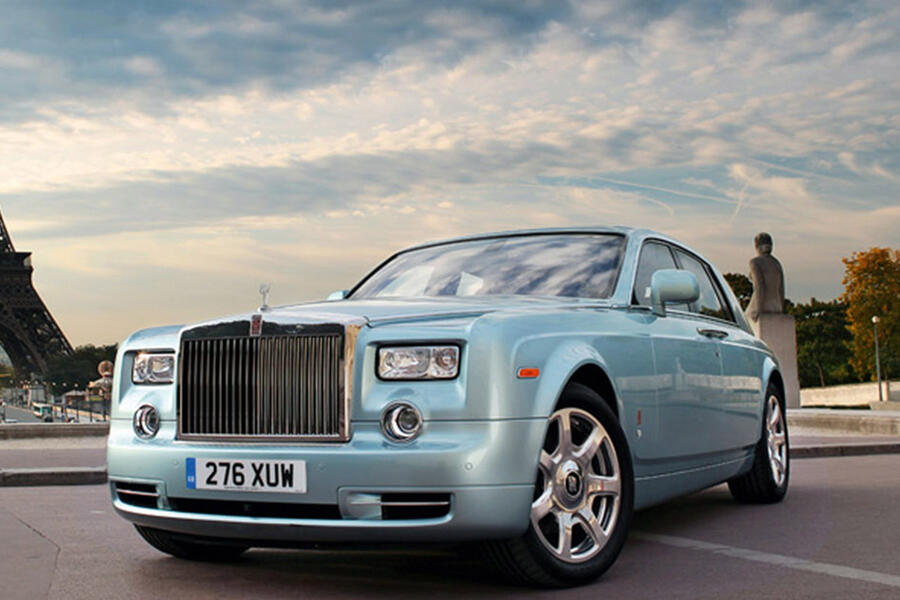
But it’s coming. Frost reckons 90% of new global vehicle architectures will support wireless charging. For example, Volkswagen is understood to have engineered its MEB platform to support it. Rolls-Royce has long said that messing about with cables is way off-brand and so it won’t sell an EV without wireless charging; this featured on the 102EX experimental electric Phantom from 2012. Concept cars, most recently the Lexus LF-30, often use the tech, too.
The problem is one of the chicken and the egg. Car makers don’t want to engineer a system that won’t be used, while charging pad providers aren’t willing to offer the reciprocating technology if cars aren’t being fitted with the capacity to use it.
“We don’t see much movement from vehicle manufacturers, suggesting that it doesn’t have much of a future for passenger cars,” a BP Chargemaster representative said.
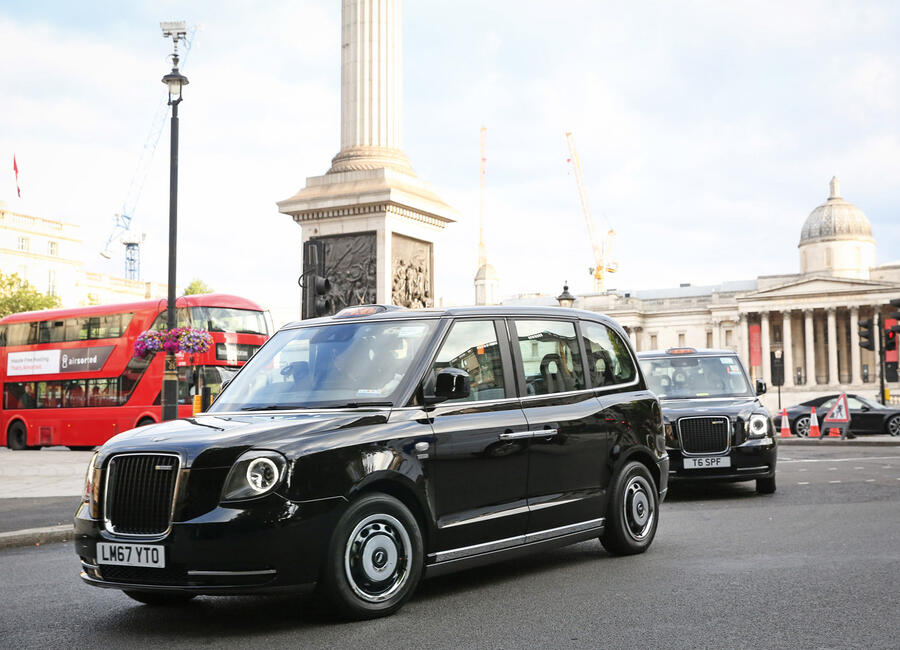

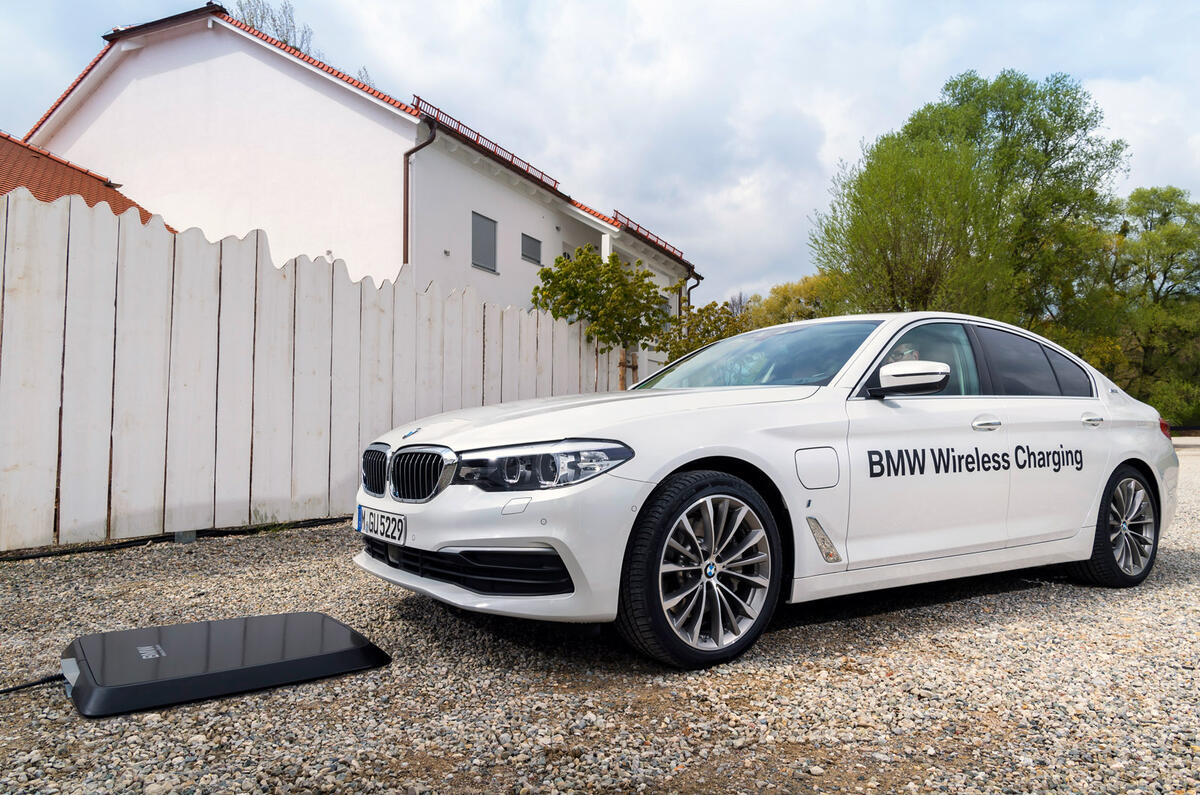
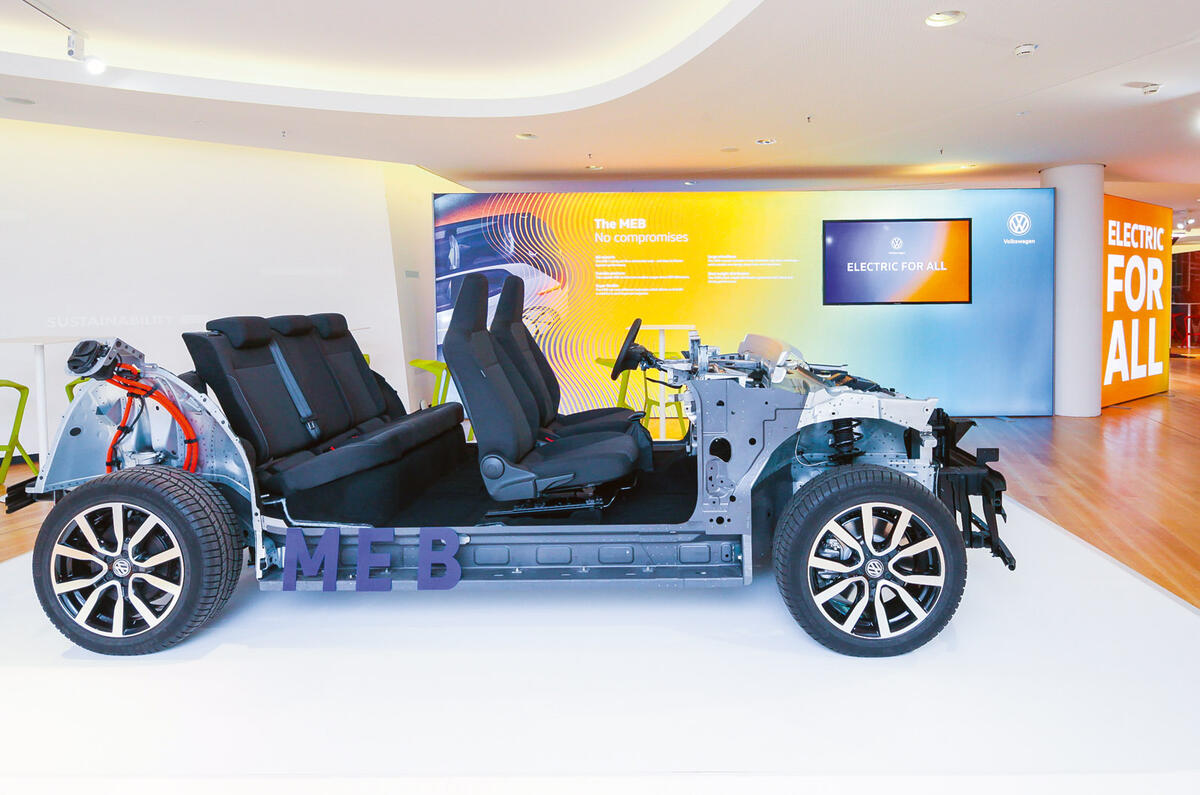
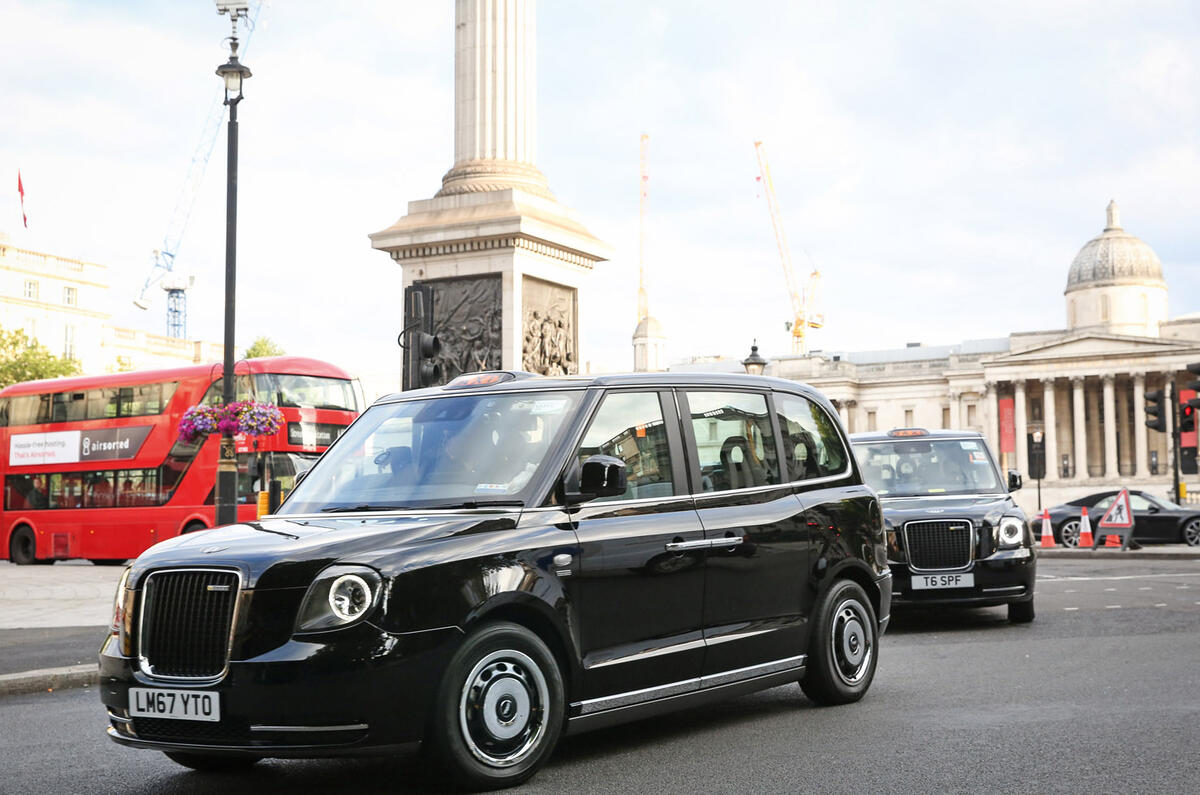
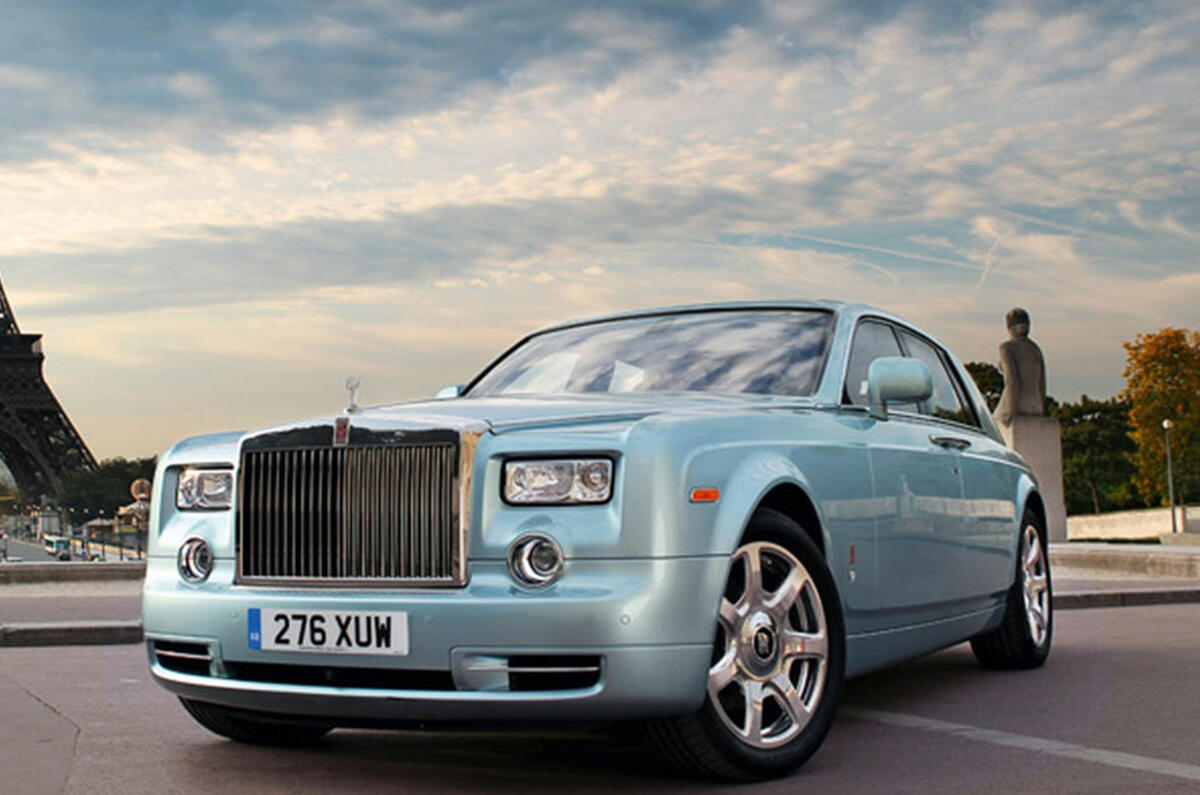
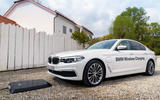
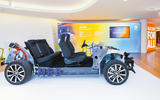
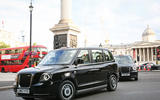
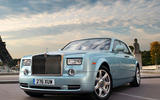

Add your comment